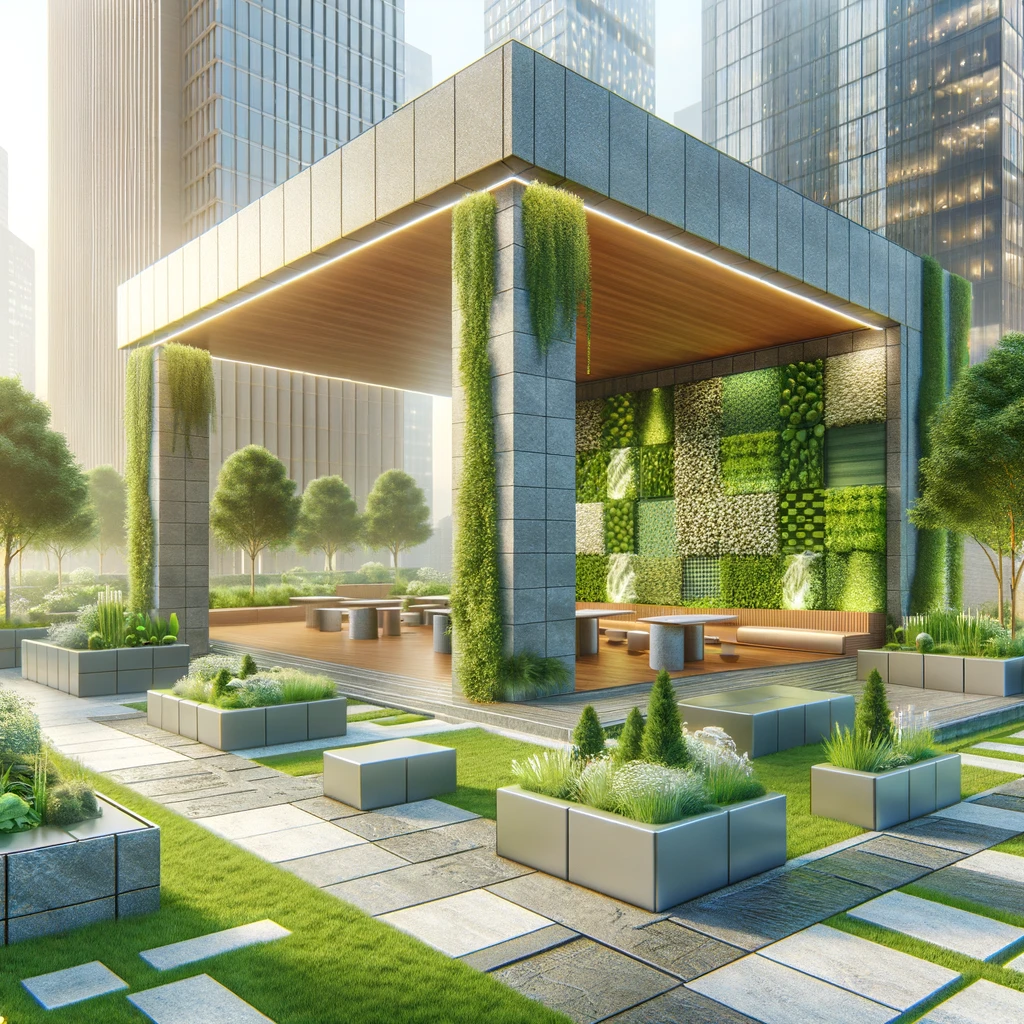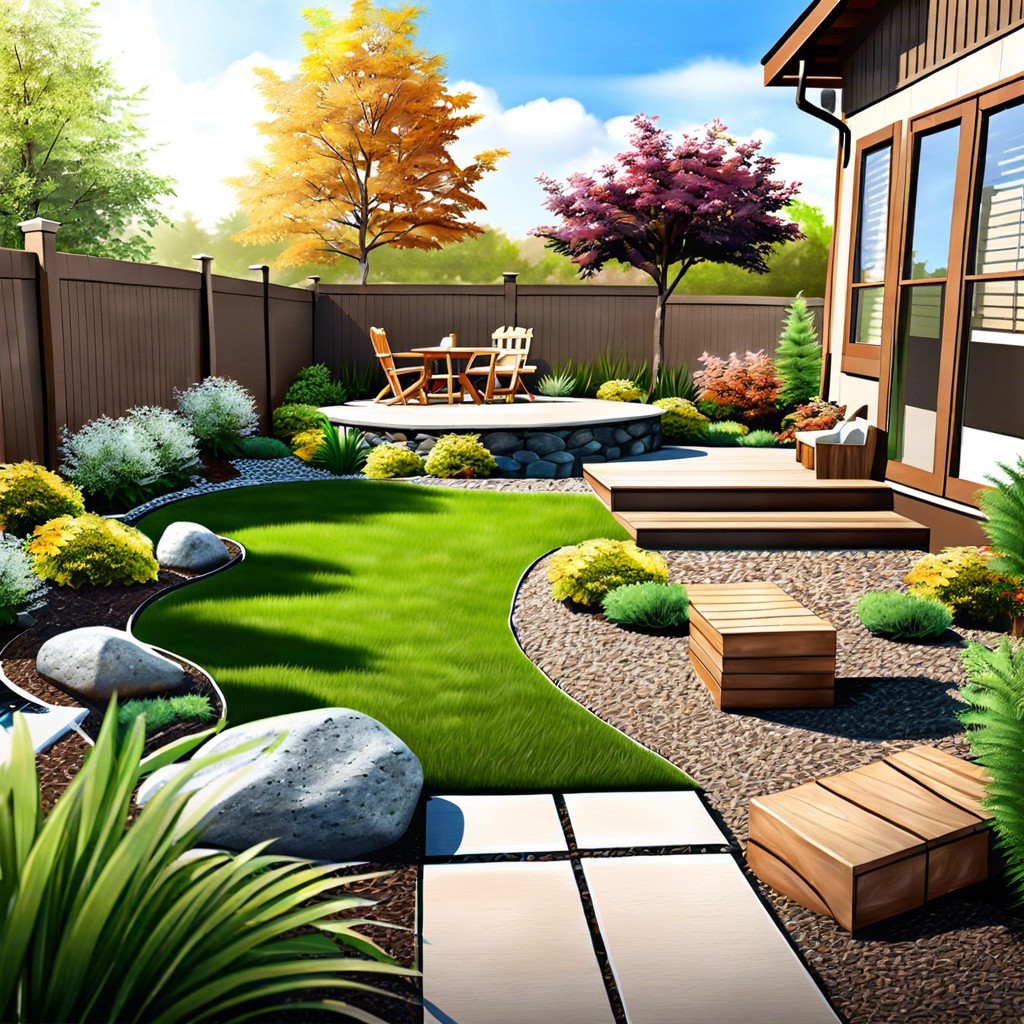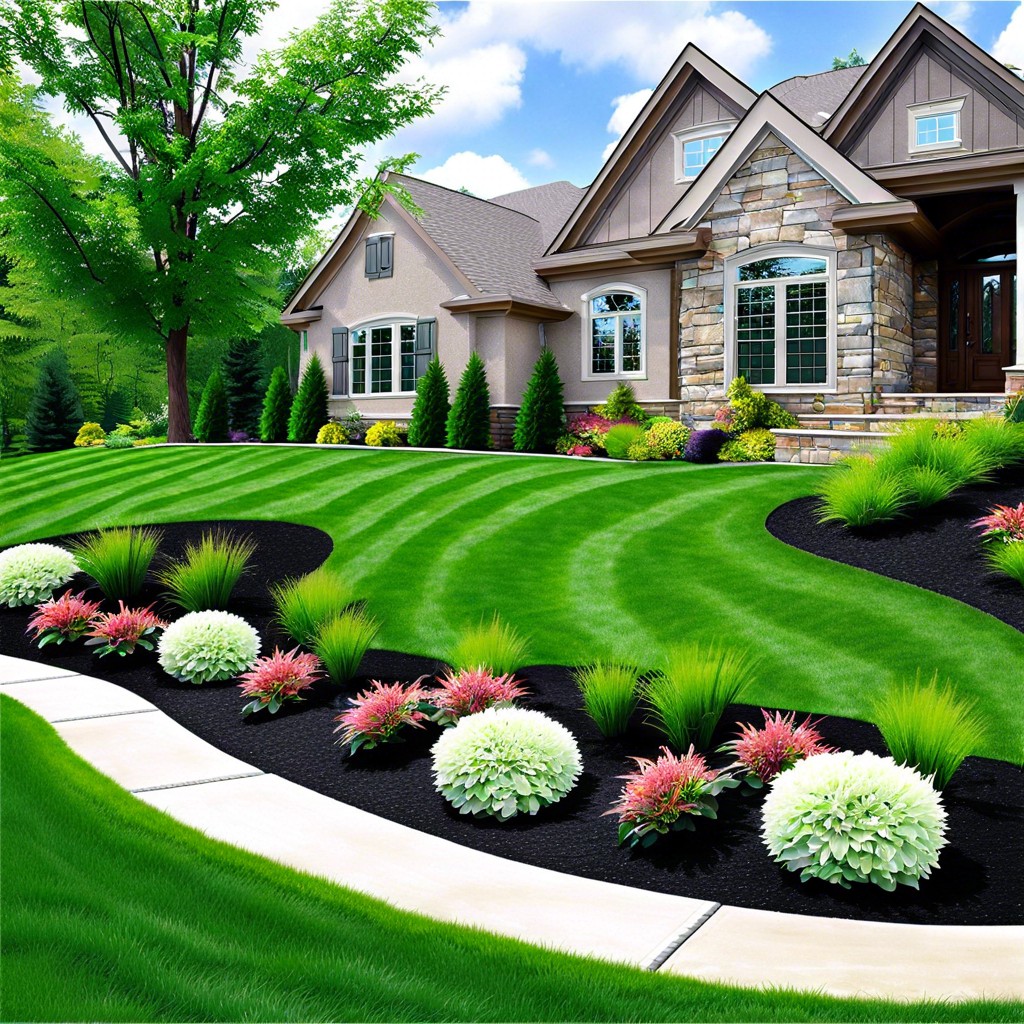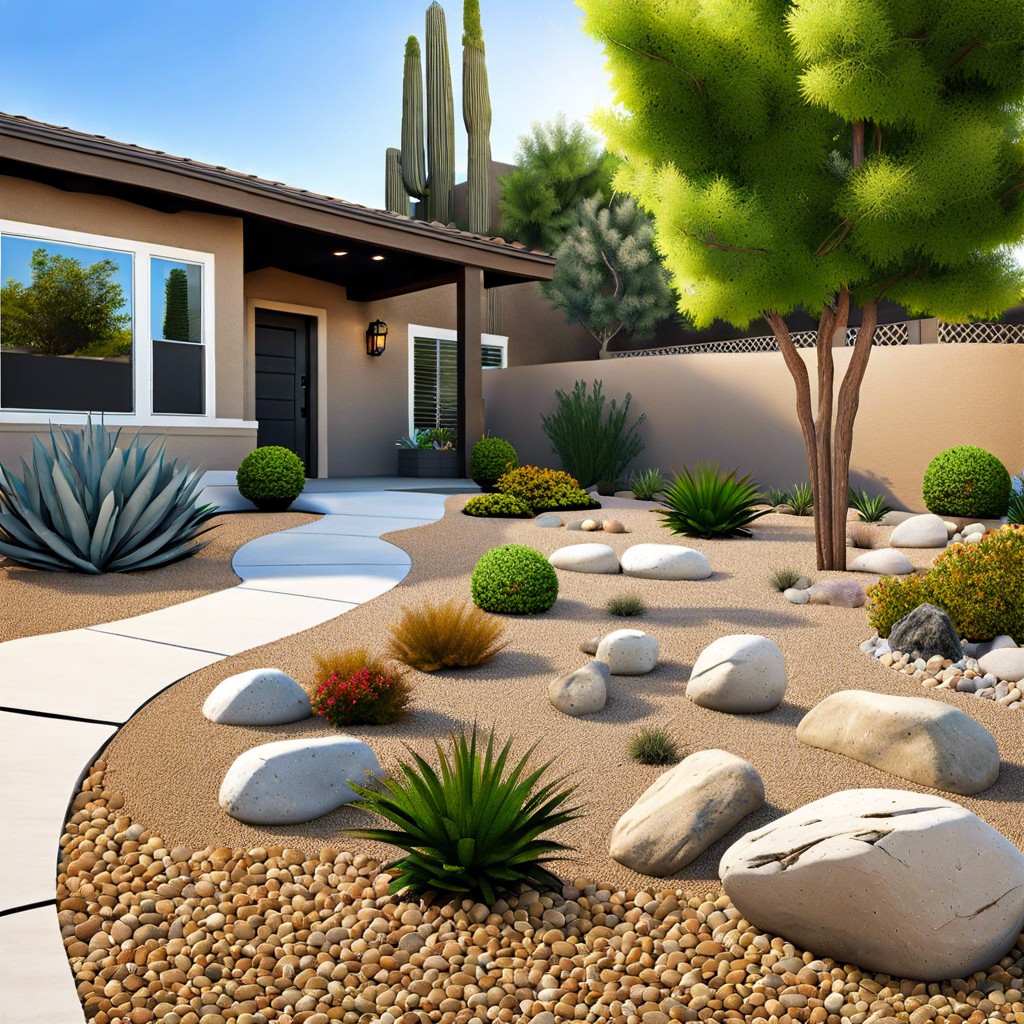In the ever-evolving world of landscaping, the use of prefabrication techniques has emerged as a groundbreaking approach, blending innovation with sustainability and efficiency.
Prefabrication, a process where components are manufactured in a controlled factory environment before being transported and assembled on-site, is revolutionizing how landscapes are designed, created, and implemented.
We’ve consulted Build Green NH for their expertise in prefab construction and this article delves into the utilization of prefabrication in landscaping, highlighting its benefits, applications, and potential future developments.
The Concept of Prefabrication in Landscaping

Prefabrication in landscaping involves the off-site production of various landscape elements such as planters, benches, modular paving, retaining walls, and even water features. These elements are then transported to the project site, ready for quick and efficient installation. This method stands in contrast to traditional landscaping practices, which often involve on-site construction and assembly, requiring more time, labor, and resources.
Benefits of Prefabrication in Landscaping
Efficiency and Speed: One of the most significant advantages of using prefabrication in landscaping is the substantial reduction in project completion time. Since many components are made off-site, the on-site assembly is much quicker, minimizing disruption and labor costs.
Quality Control: Manufacturing landscape elements in a controlled environment ensures consistent quality, reducing the risk of defects and errors that can occur with on-site construction. This control over the production process leads to a higher quality final product.
Environmental Sustainability: Prefabrication minimizes waste through precise material usage and recycling opportunities in the factory setting. Additionally, the reduced on-site activity lessens the environmental impact on the project area, preserving the local ecosystem.
Cost Savings: By streamlining the construction process, reducing labor hours, and minimizing waste, prefabrication can offer significant cost savings over traditional landscaping methods.
Applications of Prefabrication in Landscaping
Prefabricated elements are versatile and can be used in various landscaping projects, from residential gardens to large public parks. Modular systems for green walls and roofs are increasingly popular, allowing for easy installation and maintenance of living plants in urban environments. Prefabricated walkways, patios, and decking can be quickly assembled, transforming outdoor spaces with minimal disruption. Additionally, custom-designed prefabricated elements can add unique aesthetic touches to a landscape, providing both functionality and visual appeal.
The Future of Prefabrication in Landscaping
As technology advances, the potential for prefabrication in landscaping continues to expand. Innovations such as 3D printing and robotic assembly are poised to further streamline the production and installation of prefabricated landscape elements. Moreover, the growing emphasis on sustainable and eco-friendly construction practices will likely increase the adoption of prefabrication techniques in landscaping projects.
The integration of smart technology into prefabricated elements, such as lighting and irrigation systems, offers exciting possibilities for creating more efficient and responsive outdoor spaces. These advancements could lead to landscapes that not only enhance aesthetic appeal but also contribute to environmental sustainability and the well-being of communities.
The Takeaway
The use of prefabrication in landscaping represents a forward-thinking approach to design and construction, offering numerous benefits in terms of efficiency, quality, sustainability, and cost savings. As the landscaping industry continues to embrace these techniques, we can expect to see more innovative, beautiful, and sustainable outdoor spaces. Prefabrication may well be the key to shaping the future of landscaping, making it more accessible, environmentally friendly, and adaptable to the changing needs of our world.




